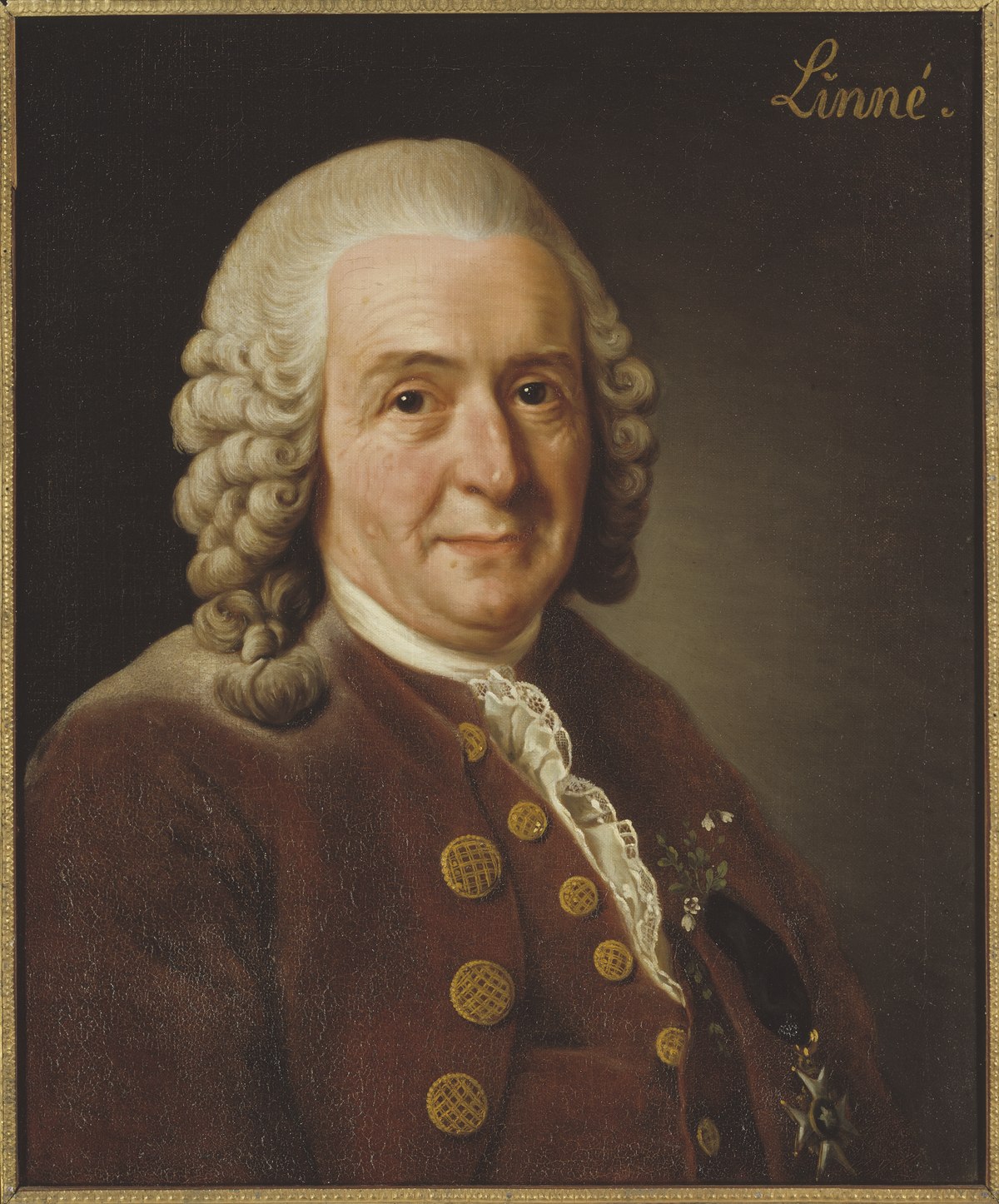Carl Linnaeus
The Father of Taxonomy
Today is the anniversary of the death of Carl Linnaeus, who died on this day 1783.
Thirty years earlier, on May 1st, 1753, the publication of his masterpiece Species Plantarumchanged plant taxonomy forever.
It gave Linnaeus the moniker Father of Taxonomy; his naming system is called binomial nomenclature. Binomial means "two names" which in the naming game includes the plant's genus (which is capitalized or could be abbreviated by its first letter) and species or specific epithet (which is all lowercase and can be abbreviated sp.) If you have trouble remembering taxonomy, I like to think of it as the given name and surname of a person, but in reverse order.
The names that Linnaeus assigned live on unchanged and are distinguished by an “L.” after their name. And, it was Linnaeus himself who said:
“God created, Linnaeus ordered.”
One side note worth mentioning is how Linnaeus' collection ended up leaving Sweden and finding a home in London:
When Linnaeus died in 1778, his belongings were sold. Joseph Banks, the president of the Linnean Society, acted quickly, buying everything of horticultural value on behalf of the society. Linnaeus' notebooks and specimens were on a ship bound for England by the time the king of Sweden realized Linnaeus' legacy was no longer in Sweden. He sent a fast navy ship in pursuit of Banks' precious cargo, but it was too late. And so, Linnaeus’s collection is in London at the Linnaeus Society's Burlington House.
And, it was Joseph Banks who secured the legacy of Linnaeus. Banks spread Linnaeus's ideas across the globe, which was easier for him to accomplish since he was based in London, the hub for the science of botany.
This post was featured onThe Daily Gardener podcast:
helping gardeners find their roots,
one story at a time






